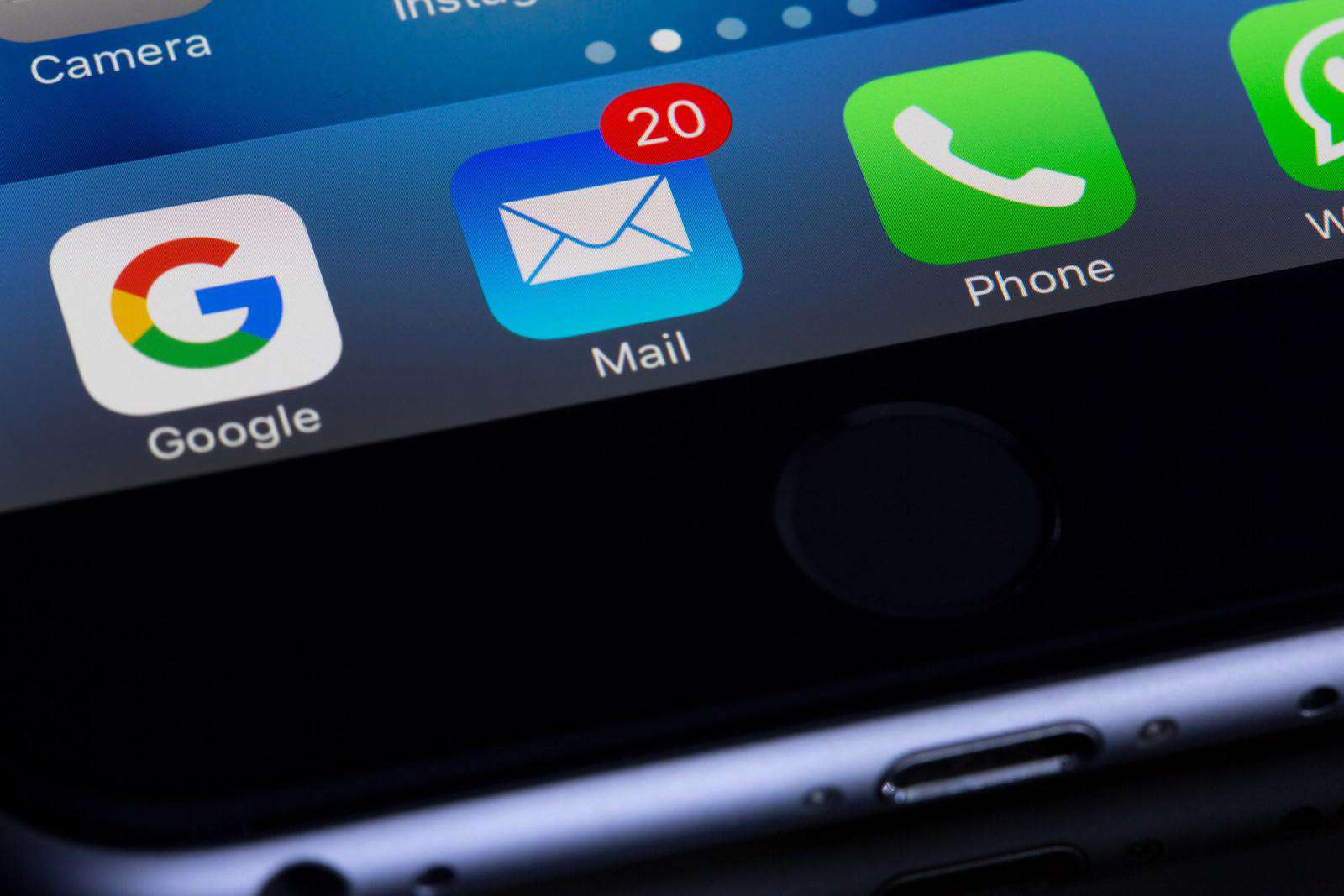Effective email communication is a cornerstone of success in the fast-paced world of modern business. Emails are a primary means of correspondence, facilitating interactions with clients, colleagues, and partners. Whether you’re sending a proposal, responding to inquiries, or coordinating projects, mastering the art of business email communication is essential.
The Importance of Effective Email Communication in Business
Email is more than just a tool; it reflects your professionalism and competence. The significance of effective email communication in business must be considered. Here’s why it matters:
- Professional Image: Well-crafted emails demonstrate your professionalism and attention to detail. They leave a positive impression on recipients and contribute to a strong business image.
- Clear Communication: Business emails should convey information clearly and concisely. Effective emails ensure that messages are understood without ambiguity or confusion.
- Building Relationships: Successful business relationships are often built on effective communication. Email allows you to nurture these relationships by fostering trust and reliability.
- Enhancing Productivity: Efficient email communication streamlines business processes, saving time and increasing productivity. It enables prompt decision-making and task coordination.
- Documenting Correspondence: Email serves as a record of important conversations and agreements. This documentation can be valuable in legal, financial, or project-related matters.
- Global Reach: With email, you can connect with partners and clients worldwide, transcending geographical boundaries. It opens doors to international collaborations and opportunities.
This article will delve into actionable tips for improving your business email communication. From writing professional emails to boosting response rates and managing email overload, you’ll gain insights that will empower you to excel in business email correspondence.
Tips for Writing Professional Business Emails

Creating business email is essential for effective communication. Here are some valuable tips to ensure your emails are both impactful and professional:
Use Clear and Concise Language
- Be Succinct: Get to the point quickly and avoid unnecessary jargon. Busy professionals appreciate emails that convey information concisely.
- Avoid Jargon: While industry-specific terms have their place, ensure your language is accessible to a broad audience. Use jargon sparingly and provide explanations when needed.
Proper Email Formatting and Structure
- Start with a Greeting: Begin your email with a polite and appropriate greeting, such as “Dear [Name]” or “Hello [Name].”
- Organize Content: Structure your HTML email with clear paragraphs, bullet points, or numbered lists to improve readability.
- Signature: Always include a professional email signature with your name, position, company, and contact information.
Personalization and Tailoring Messages
- Address Recipients by Name: Whenever possible, address recipients by their names. Personalization adds a human touch to your emails.
- Tailor Content: Customize your messages to the recipient’s needs or interests. Avoid generic, one-size-fits-all emails.
Subject Lines That Grab Attention
- Be Descriptive: Write subject lines that accurately reflect the email’s content. Avoid vague or misleading subject lines.
- Engage the Reader: Use subject lines that pique curiosity or highlight a benefit to encourage recipients to open the email.
Proofreading and Editing
- Check for Errors: Always proofread your emails for spelling and grammatical errors. Typos can detract from your professionalism.
- Clarity and Tone: Ensure your message is clear and that your tone is appropriate for the context. Avoid misunderstandings.
Applying these tips can enhance the quality of your business emails and make a positive impression on recipients. Effective email communication is a skill that can be honed, and these guidelines will set you on the path to success.
Enhancing Response Rates and Engagement
Achieving high response rates and engagement in your business email communication is a testament to your effective communication skills. Here are strategies to boost engagement and encourage prompt responses:
Effective Email Subject Lines
- Clarity and Relevance: Craft subject lines that convey the email’s purpose and relevance. Ambiguous or vague subject lines may be ignored.
- Personalization: Incorporate the recipient’s name or specific details when appropriate. Personalized subject lines stand out in crowded inboxes.
- Urgency and Benefit: Highlight the urgency or the benefit of opening the email. Use phrases like “Action Required” or “Exclusive Offer” to grab attention.
- Avoid Spam Triggers: Steer clear of spam-triggering words and excessive punctuation, which can cause emails to land in spam folders.
Call-to-Action (CTA) Strategies
- Clear and Actionable: Include a clear and actionable CTA in your emails. Make it evident whether it’s a request for a meeting, a link to a document, or a response deadline.
- Use Buttons: Consider using CTA buttons in addition to text links. Buttons often attract more attention and make it easier for recipients to take action. Incorporating free QR codes from Uniqode alongside your buttons can provide an instant way to track and engage users further.
- Single Primary CTA: Focus on one primary CTA per email to avoid overwhelming recipients with multiple requests.
Follow-Up Techniques
- Timely Follow-Ups: Don’t hesitate to send polite follow-up emails if you have not received a response within a reasonable timeframe. Follow-ups can rekindle engagement.
- Acknowledgment: Acknowledge and appreciate responses promptly. A simple “Thank you for your quick response” can foster goodwill.
Avoiding Common Email Mistakes
- Check Recipient List: Verify that you’re sending the email to the correct recipients. Double-check email addresses to avoid embarrassing errors.
- Attachment Confirmation: If you mention an attachment, ensure it’s attached before sending. Mentioning an attachment without including it can be frustrating for recipients.
- Test Links and Formatting: Test all links and formatting in your emails to ensure they work as intended. Broken links or formatting issues can hinder engagement.
By implementing these strategies, you can increase response rates, foster engagement, and ensure that your business emails are effective and impactful.
Managing Email Overload
Email overload is a common challenge in the modern business world. Managing your inbox effectively can lead to increased productivity and reduced stress. Here are strategies to help you tackle email overload:
Email Organization and Filters
- Folder and Label System: Create folders or labels to categorize your emails. Use descriptive names to make it easy to locate specific messages.
- Email Filters: Set up filters or rules to automatically classify incoming emails. For example, you can filter emails from specific senders into dedicated folders.
- Archive and Delete: Regularly archive or delete emails you no longer need. A clutter-free inbox is easier to manage.
Prioritizing Emails
- Use the “Three D’s”: Implement the “Delete, Delegate, Do” approach. Delete emails that are not relevant, delegate tasks when possible, and do what requires immediate attention.
- Flagging and Marking: Flag or mark emails that require follow-up or action. This ensures you complete all important tasks.
- VIP List: Create a VIP list for critical senders or clients. Emails from VIPs can be prioritized for quicker responses.
Reducing Unnecessary Emails
- Unsubscribe: Unsubscribe from newsletters or mailing lists that no longer provide value. This reduces the influx of promotional emails.
- Set Clear Expectations: Communicate your preferred email communication guidelines to colleagues and team members. Encourage concise and essential emails.
- Use Collaboration Tools: Consider using collaboration tools like project management software for team discussions and updates, reducing the need for lengthy email threads.
Managing email overload is an ongoing process. By implementing these strategies, you can regain control of your inbox, stay organized, and focus on essential tasks.
Business Email Etiquette
Maintaining proper business email etiquette fosters positive relationships and professionalism in your correspondence. Here are key aspects of email etiquette:
Responding to Emails Promptly
- Timely Responses: Strive to respond to emails promptly, especially when the matter is time-sensitive. Acknowledging receipt of an email is courteous, even if you need more time for a detailed response.
- Set Expectations: If you anticipate a delayed response, inform the sender and provide an estimated timeframe for your reply.
- Avoid One-Word Responses: When replying, ensure your response adds value and clarity to the conversation, even if it’s a brief acknowledgment.
Handling Difficult Conversations
- Maintain Professionalism: Maintaining a professional and respectful tone in challenging or sensitive discussions. Avoid emotional or confrontational language.
- Use Private Channels: Consider discussing them privately rather than in group emails for delicate matters.
- Offer Solutions: When addressing problems or disagreements, propose solutions or compromises.
Email Signature Best Practices
- Complete Contact Information: Your email signature should include your full name, position, company name, contact number, and a link to your professional website or LinkedIn profile.
- Consistency: Ensure consistency in your email signature across all communications. Use a standard format for a cohesive brand image.
- Avoid Excessive Information: Keep your email signature concise and avoid including excessive details or irrelevant information.
Mastering Business Email Communication

Mastering business email communication is an ongoing process that requires attention to detail, empathy, and professionalism. You can excel in effective email correspondence by following email etiquette, managing email overload, and enhancing response rates.
This article explored various aspects of business email communication, from writing professional emails to maintaining etiquette and managing email overload. Armed with these insights, you are well-equipped to navigate the world of business email with confidence and success.